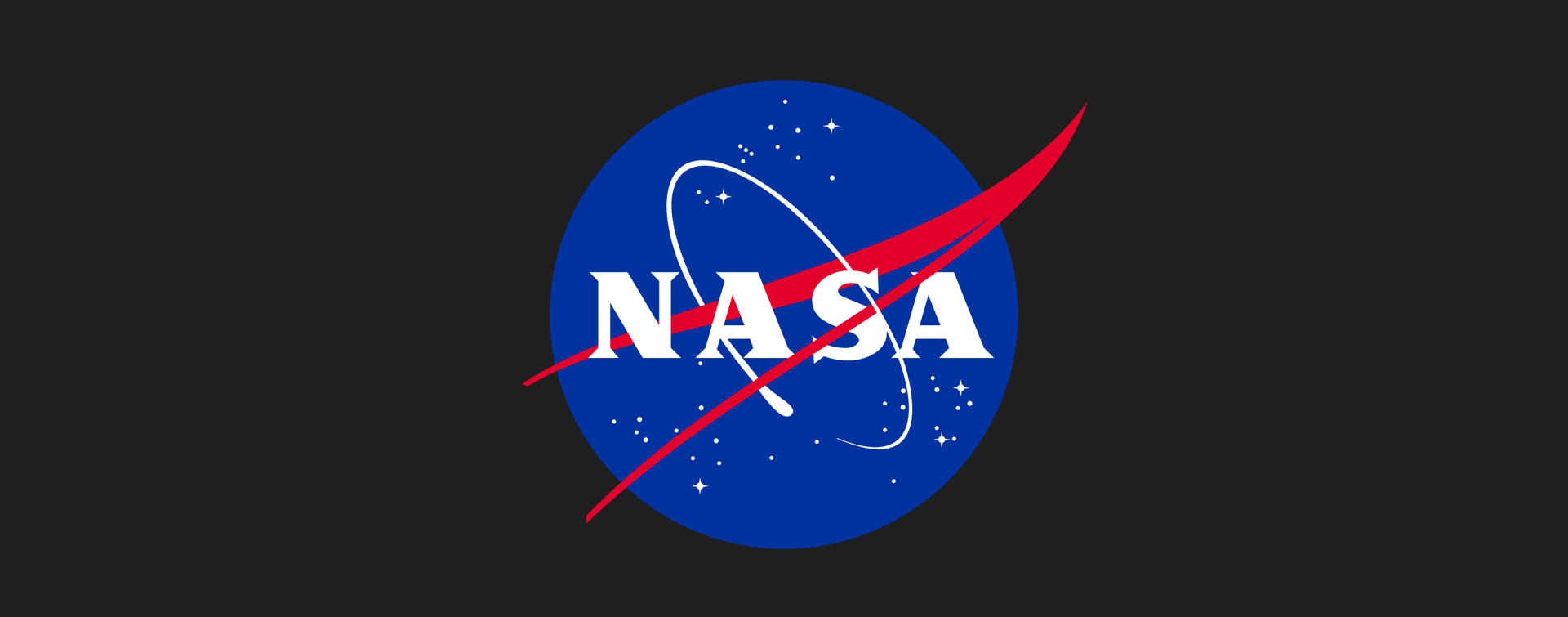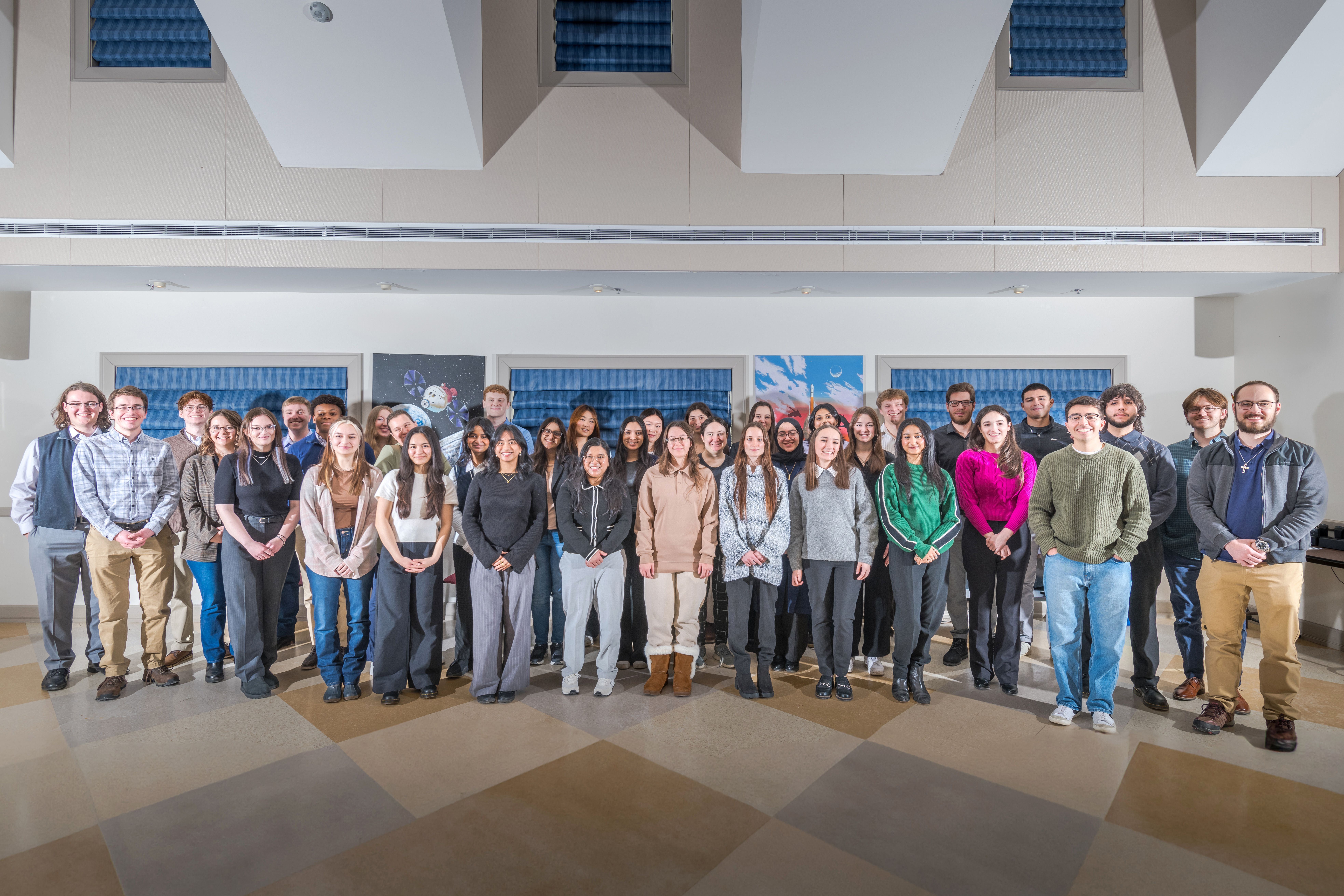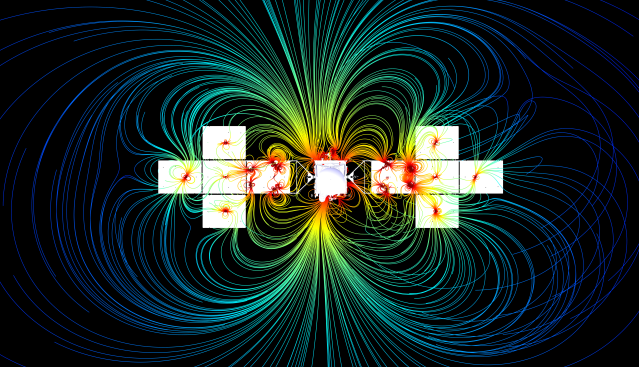NASA Awards Contract for NOAA’s Next-Generation Space Weather Sensors
NASA, on behalf of the National Oceanic and Atmospheric Administration (NOAA), has selected Johns Hopkins University’s Applied Physics Laboratory of Laurel, Maryland, to build the Suprathermal Ion Sensors for the Lagrange 1 Series project, part of NOAA’s Space Weather Next Program. This cost-plus-fixed-fee contract is valued at approximately $20.5 million and includes the development of […]

NASA, on behalf of the National Oceanic and Atmospheric Administration (NOAA), has selected Johns Hopkins University’s Applied Physics Laboratory of Laurel, Maryland, to build the Suprathermal Ion Sensors for the Lagrange 1 Series project, part of NOAA’s Space Weather Next Program.
This cost-plus-fixed-fee contract is valued at approximately $20.5 million and includes the development of two Suprathermal Ion Sensor instruments. The anticipated period of performance for this contract will run through Jan. 31, 2034. The work will take place at the awardee’s facility in Maryland, NASA’s Goddard Space Flight Center in Greenbelt, Maryland, and Kennedy Space Center in Florida.
The contract scope includes design, analysis, development, fabrication, integration, test, verification, and evaluation of the Suprathermal Ion Sensor instruments, launch support, supply and maintenance of ground support equipment, and support of post-launch mission operations at the NOAA Satellite Operations Facility.
The Suprathermal Ion Sensors will provide critical data to NOAA’s Space Weather Prediction Center, which issues forecasts, warnings and alerts that help mitigate space weather impacts, including electric power outages and interruption to communications and navigation systems.
The instruments will measure suprathermal ions and electrons across a broad range of energies, and will provide real-time, continuous observations to ensure early warning of various space weather impacts. They also will monitor ions to characterize solar ejections including coronal mass ejections, co-rotating interaction regions, and interplanetary shocks. Analysis of these spectra aids in estimating the arrival time and strength of solar wind shocks.
NASA and NOAA oversee the development, launch, testing, and operation of all the satellites in the L1 Series project. NOAA is the program owner that provides funds and manages the program, operations, and data products and dissemination to users. NASA and commercial partners develop, build, and launch the instruments and spacecraft on behalf of NOAA.
For information about NASA and agency programs, please visit:
-end-
Jeremy Eggers
Goddard Space Flight Center, Greenbelt, Md.
757-824-2958
jeremy.l.eggers@nasa.gov
Share
Details
Related Terms
What's Your Reaction?



















.jpg?#)
































